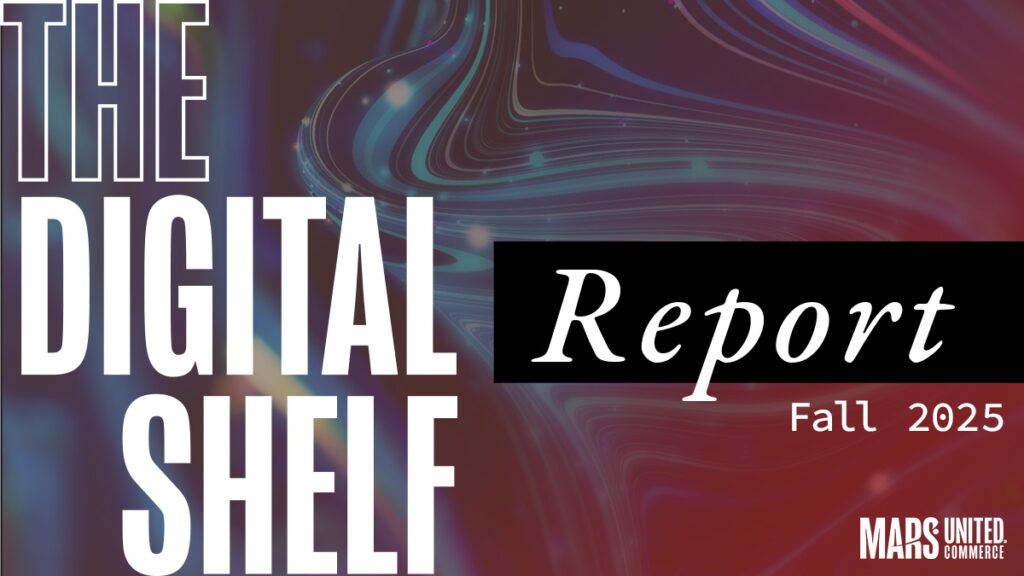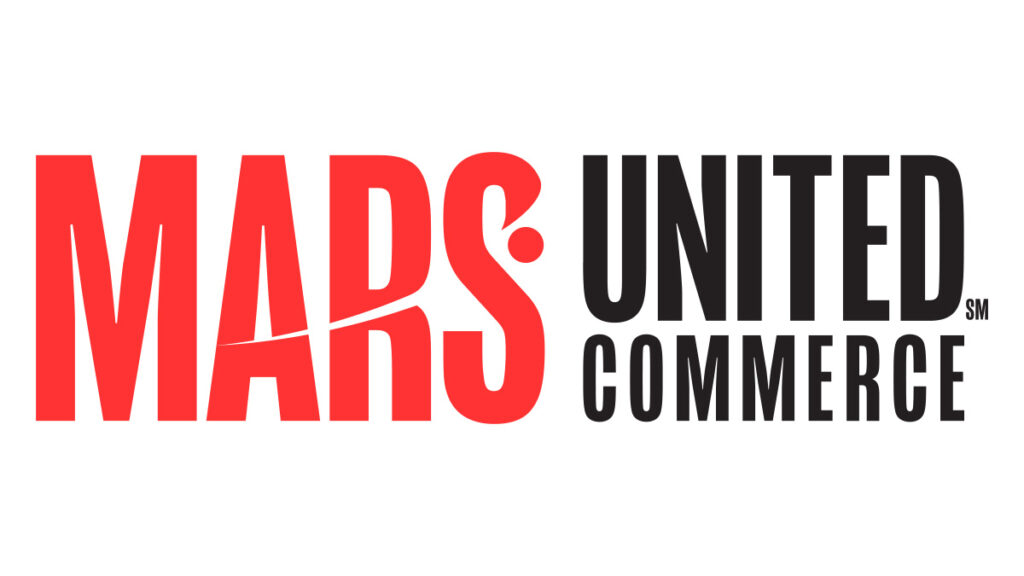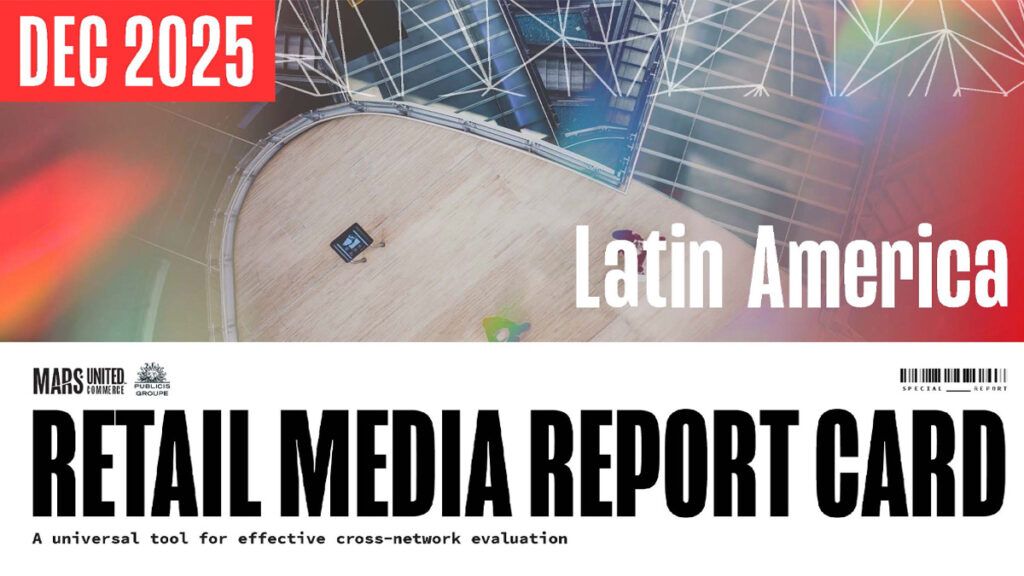Publicis Commerce VP-Analytics Prabhpreet Sidhu reports back from the IAB Measurement Leadership Summit, an invitation-only event that unites 100+ data and measurement executives from across the advertising industry.
Advertising practitioners are making great strides toward developing the necessary tools, processes, and practices that are needed to create an outcome-focused industry that delivers real — and fully measurable — business results for marketing organizations. This year’s IAB Measurement Leadership Summit showcased much of the progress that’s been made in recent years, in large part thanks to the IAB itself. But it also illuminated some of the key challenges that marketers are facing as they continue working toward those goals.
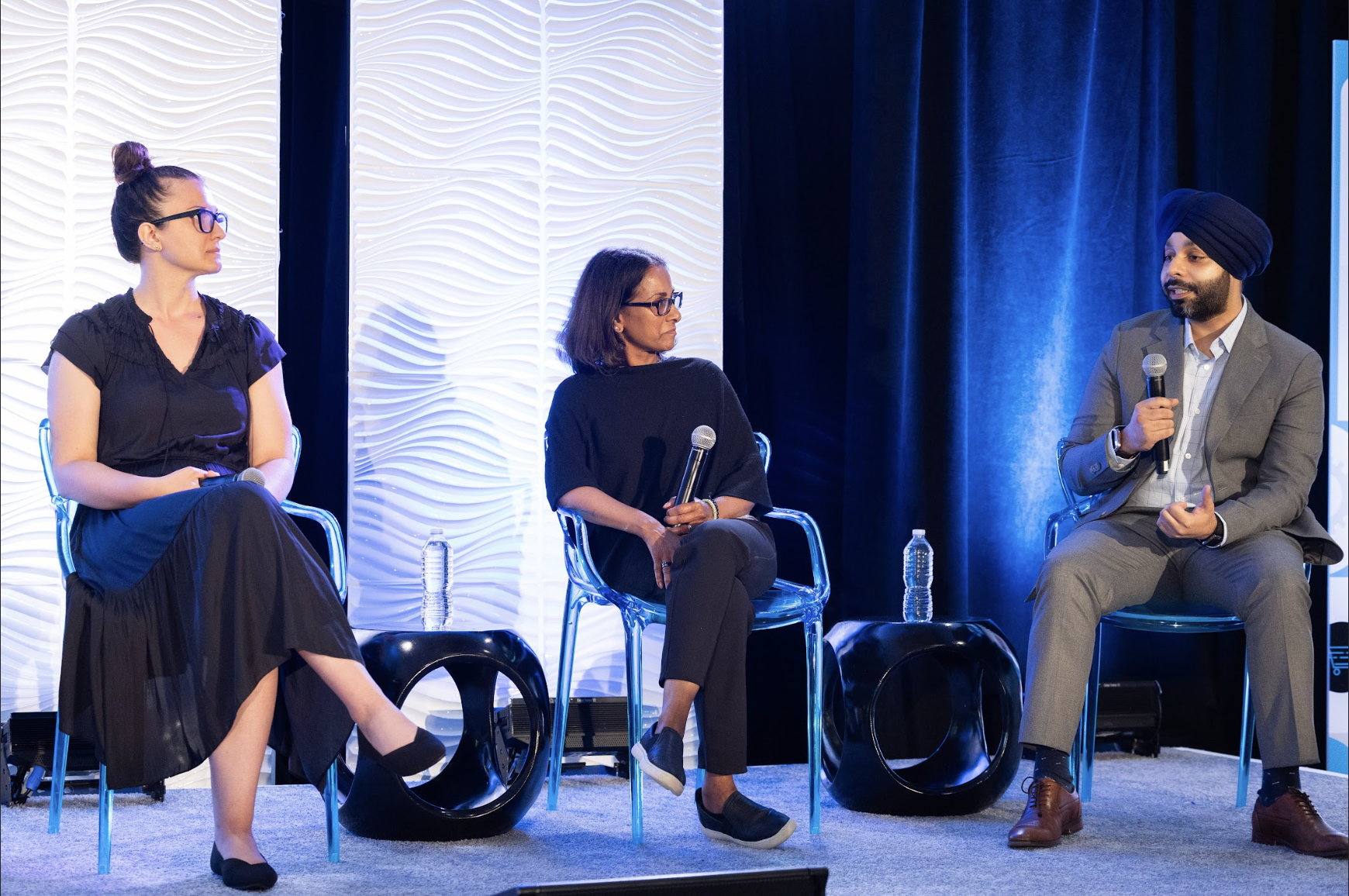
Here are some of my key takeaways from this year’s conference.
The attribution landscape remains fragmented.
- There is still no standardization. Ad platforms continue to assign credit inconsistently across channels. (More on this later.)
- Third‑party cookie deprecation at Google Chrome and shifts in privacy policies at Apple have eliminated as much as half of all trackable data, according to IAB. This has made first‑party data and connected identity more valuable than ever.
- Conversion APIs like Meta’s CAPI pass server‑to‑server log‑level events, bypass browser cookies, and give marketers control over attribution windows and credit‑assignment rules, producing more accurate, privacy‑compliant reporting that guides smarter media spend.
- A greater reliance on probabilistic models is distorting ROI, with each brand, agency, and retailer employing different methods that result in “apples to oranges” comparisons.
- Privacy restrictions hinder visibility as consumers change devices when moving across CTV, social media, and stores. These channels are therefore undervalued through measurement (as are other mid‑funnel touchpoints like audio, gaming, and influencers).
Incrementality needs to be defined before it can be measured.
- Incrementality continues to gain importance because it delivers causal insights, but its definition still varies widely across the industry.
- Marketers need to align on a standard definition of incrementality before scaling their measurement efforts.
- Historically, marketing mix modeling (MMM) isolated incremental lift simply by controlling for baseline sales. Today, with stricter privacy rules and AI advances, marketers can boost confidence in causal measurement by combining MMM with controlled experiments and deterministic identifiers, often alongside multi‑touch attribution. (These identifiers are, of course, far easier to capture in digital channels than physical stores).
Strategy is often determined by what’s measurable.
Advertisers are more comfortable spending on tactics that are easier to measure, which explains the significantly heavier investment in digital channels like search and display compared with in‑store or other non‑digital tactics.
Lift tests are facing common pitfalls.
- Samples are too small, seasonality or competitor activity is often ignored, holdout groups are biased, and tests stop too early.
- Best practices include geo‑matched, audience holdout tests, or PSA tests, four to six weeks in duration, with joint post‑test analysis.
Signs of progress sometimes come with kinks.
- Clean rooms are enabling cross‑channel analysis with consistent identity resolution. Shared taxonomies are promising but are facing some organizational friction because teams dispute ownership, legacy systems resist re‑tagging, and adoption is not clearly governed or incentivized.
- Outcome frameworks like MMM and multi-touch attribution help bridge measurement gaps, yet the choice of priors (prior probability calculations) heavily influences results.
Moving Forward
Among the key obstacles in impeding greater progress for the industry has been a growing talent gap in data scientists as the practice of measurement becomes more sophisticated, and the lack of connected identity as consumers move through the purchase journey. Among current reporting practices, platform operators tend to over‑credit their own touchpoints, clouding the overall analysis.
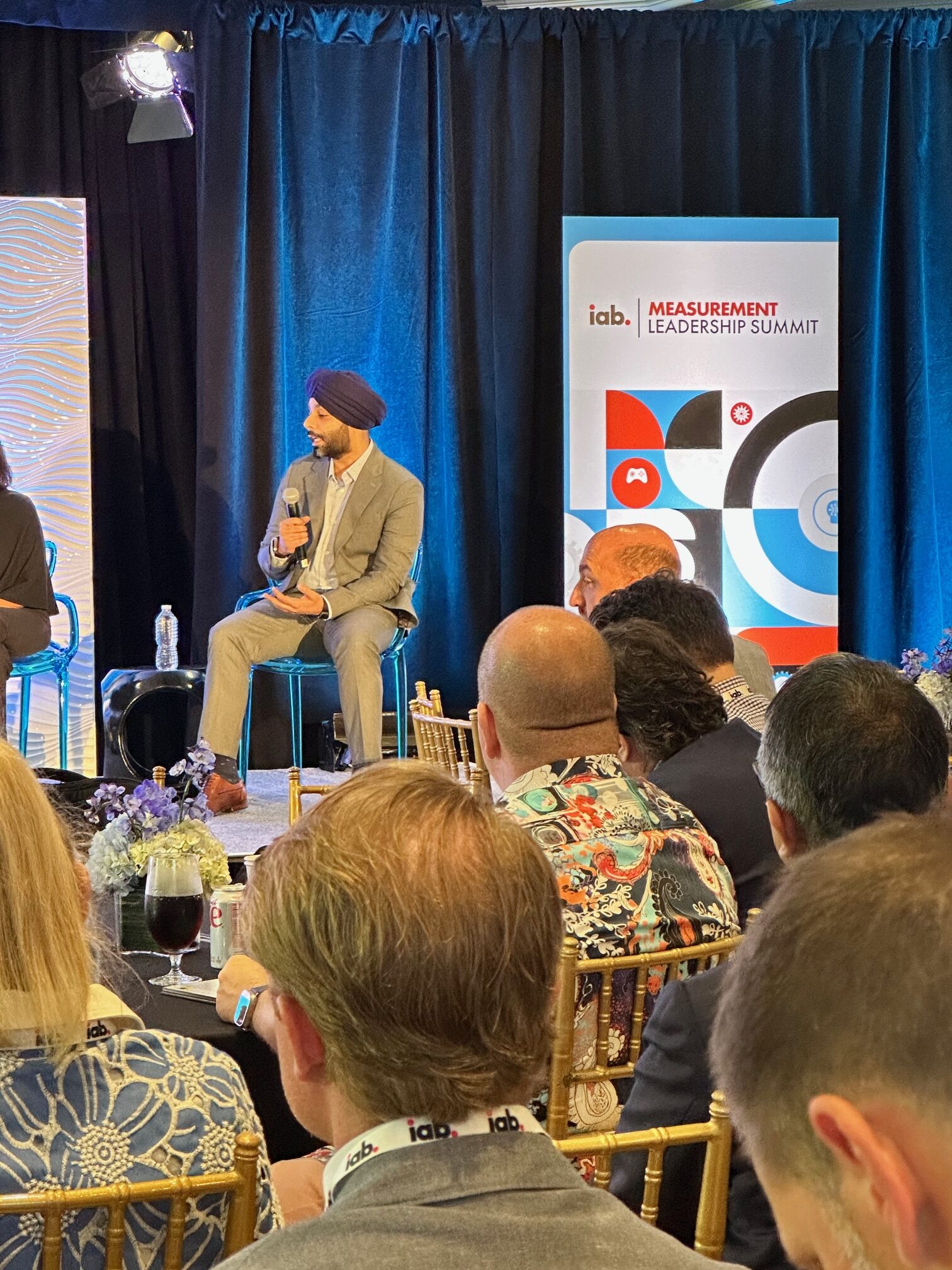
However, the greatest obstacle remains standardization. Without any methods of enforcement, and with advertisers themselves still applying insufficient pressure, some platforms remain resistant to even sharing their methodologies — let alone adopting industry-established standards.
The adoption of standards will require brands and agencies to break out of their day‑to‑day routines and more forcefully push for the transparency and cross-platform measurement standards that will unlock true incremental growth.
Many of the necessary tools are there. The IAB has published standardization guidelines and released tools such as the ACIF (Ad Creative ID Framework, which is helping reduce silos by 15% to 20% for early adopters), the Open Measurement Software Development Kit, and the Universal Ad ID to foster open, consistent measurement.
Elsewhere, new open source measurement algorithms are emerging. Google’s Meridian marketing mix tool, for one, allows practitioners to build more consistent modeling by accounting for external factors. Publicis Groupe’s Epsilon COREid technology provides a connected identity solution that assigns a universal, deterministic identifier across platforms and retail media networks, enabling privacy‑safe targeting and cross‑channel measurement.
But the adoption of standards will only accelerate if advertisers demand it.
Action Priorities for the Industry:
- Redefine success to emphasize consumer‑centric KPIs such as incrementality and lifetime value rather than remaining focused on conversion via last‑touch attribution — still the most common approach despite advances in AI and other technology.
- Build better, more deterministic models by integrating MMM, experimentation, and multi‑touch attribution — with AI applied across the stack.
- Measure the full consumer journey, going beyond individual platforms and channels, by integrating online and offline data.
- Establish and upskill cross‑functional teams (marketing, IT, analytics) who will be engaged from planning through execution.
- Work toward connected identity standards across platforms. Use open, vendor‑neutral solutions such as IAB’s ACIF, Open Measurement SDK, and Universal Ad ID to simplify adoption and break silos. (Early adopters of tools like these have reported 20% efficiency gains.) Educate brands, agencies, and platforms about the need. Incentivize adoption.
And here’s one final priority: AI is having a tremendous impact on the industry. But advertising professionals remain steadfast in their belief that AI works best when it has human oversight — a combination of analytics and intuition delivers the best results.
About the Author

Prabhpreet Sidhu brings a technically diverse background and wealth of experience to his role as VP-Analytics for Mars United Commerce, where he excels in delivering impactful data analytics solutions. With over 10 years of solutions architecture experience at leading organizations such as The Walt Disney Company, he has developed groundbreaking business intelligence and artificial intelligence solutions, including real-time automated measurement, multi-touch attribution, and customer segmentation.

